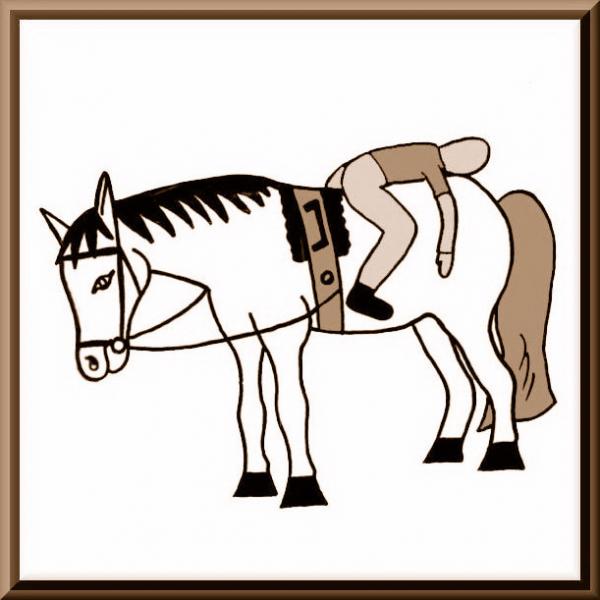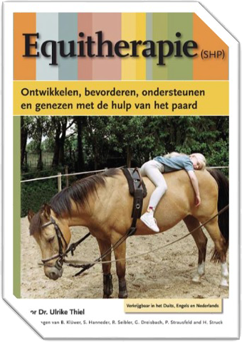Da VInci EU Projekt AMAT
 Leonardo Da Vinci Project
Leonardo Da Vinci Project
A European qualification framework for practice and training in Animal Mediated Assistance and Therapy (AMAT)
from France, Belgium, Germany, Slovakia and Poland is as follows:
Animal Mediated Assistance includes measures for educational, social, therapeutical or rehabilitative activities being carried out by professionals with the help of the animal as subject within the triangular process (the client, the animal and the professional undergo a relation on which the process is based).The involvement of the animal is supposed to be a sort catalysator within the intended process.
 Further our work will result in European cooperation within lifelong training for AMAT.
Further our work will result in European cooperation within lifelong training for AMAT.
According to the outcomes of the former Pegasus project dating from 2003 to 2005 and other studies there is no discussion about the efficiency of AMAT, if properly done according to well defined quality criteria. But because of the lack of an official framework for teaching an practice of AMAT in European countries and means of official quality control we cannot exploit those opportunities efficiently. Furthermore this deficiency disables the upcoming generation of well educated specialists in AMAT to establish themselves as professionals and to enable cooperation between specialists in practice, training and quality control within Europe. On the other side the outcomes of this project could be profit to the financial deciders an clients themselves making them able to distinguish between the different offers of practice in AMAT.
Wat are we going to do in this project
As examples for big problems is the fact that in AMA different professions are involved who have to undergo the training as an additional training to their basic profession and practice with clients without animals involved. Therefore we have to do with different basical assumptions at the beginning of the training and in practice we have to do with a lot of very different training programs differing from 3 days to three years. There is a broad variety in definition of competencies and methods partially scientifically well justified partially not.
To approach harmonization of practice, training and quality control of AMA we shall on the first place work on a diagnostical review of the concrete practices, competences, profiles and trainings in the involved partner countries. In the second place we shall make a summary of the problems issued from the diagnostical review. In the third place we aim to work out the common issues resulting from the above done activities. So that these issues can be reflected on and analyzed within thematic European groups to go in depth from international standpoint and goals for AMAT.
This will result in the main factors on which our competencies, practices and training objectives can be build on .These outcomes have to be published within the groups of practitioners, training organizations, decision makers and financing organizations aiming on the system of quality standards within the European Union (as those of EASPD –European Association for Service Providers for persons with disabilities- for care).
Therefore during the project it will be necessary to involve the decision makers and financing organizations in the different countries to guarantee a fitting place within the different mental health and educational and social systems of these countries for good practice of AMA.
We want to organize a presentation of our results such as proposals during a meeting of all groups of interest within the European Union such as politicians, financing organizations, medical health, mental health, social and educational services.
at HippoCampus trainings centre / Cranendonk/ The Netherlands 6 th til 9th october 2011


